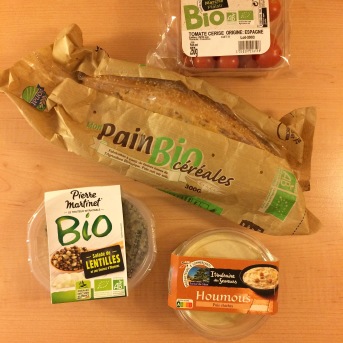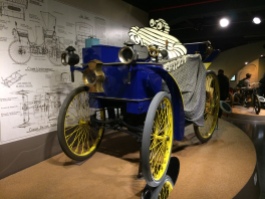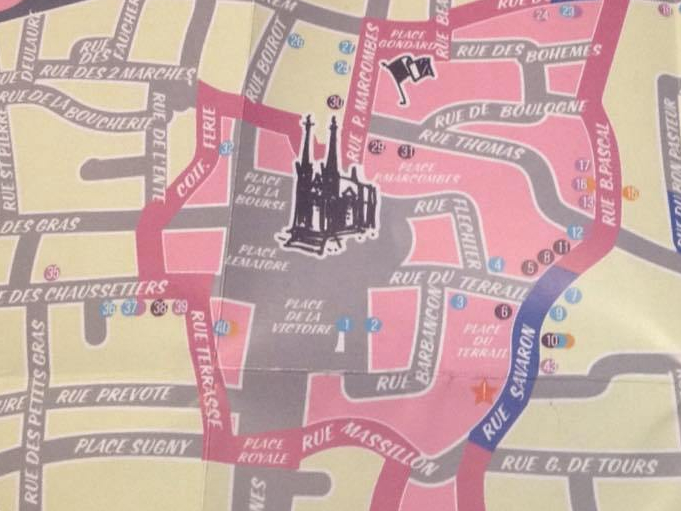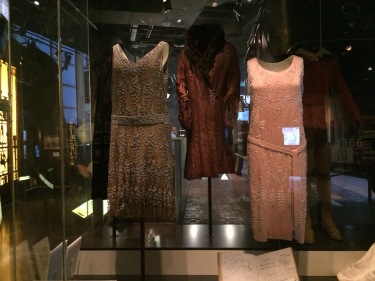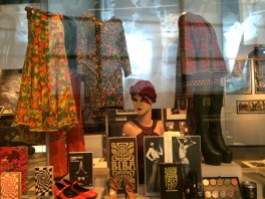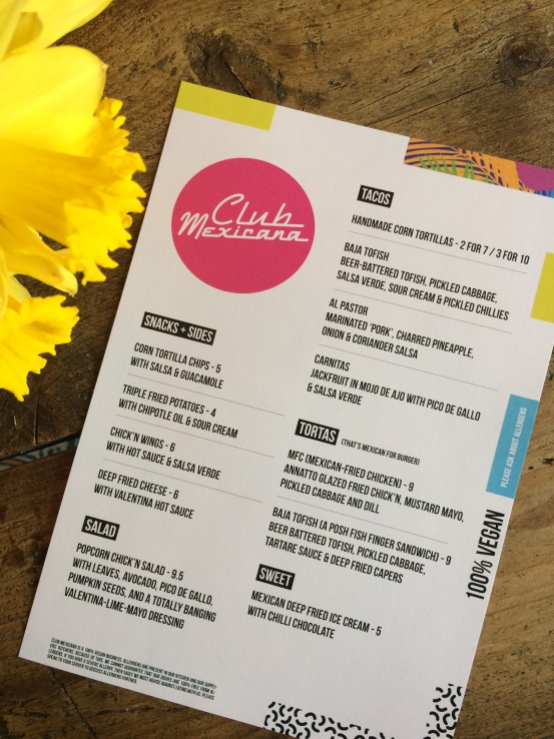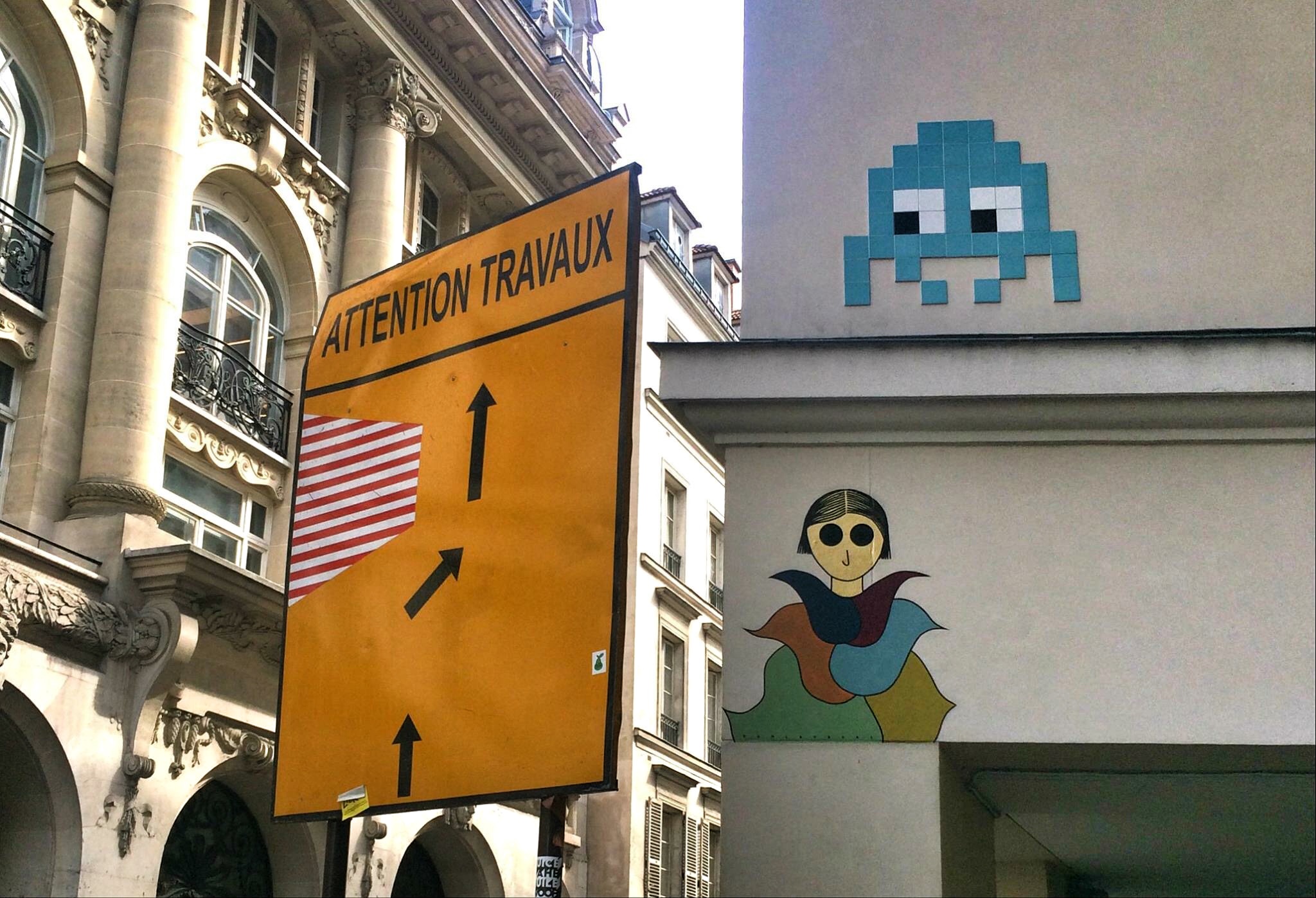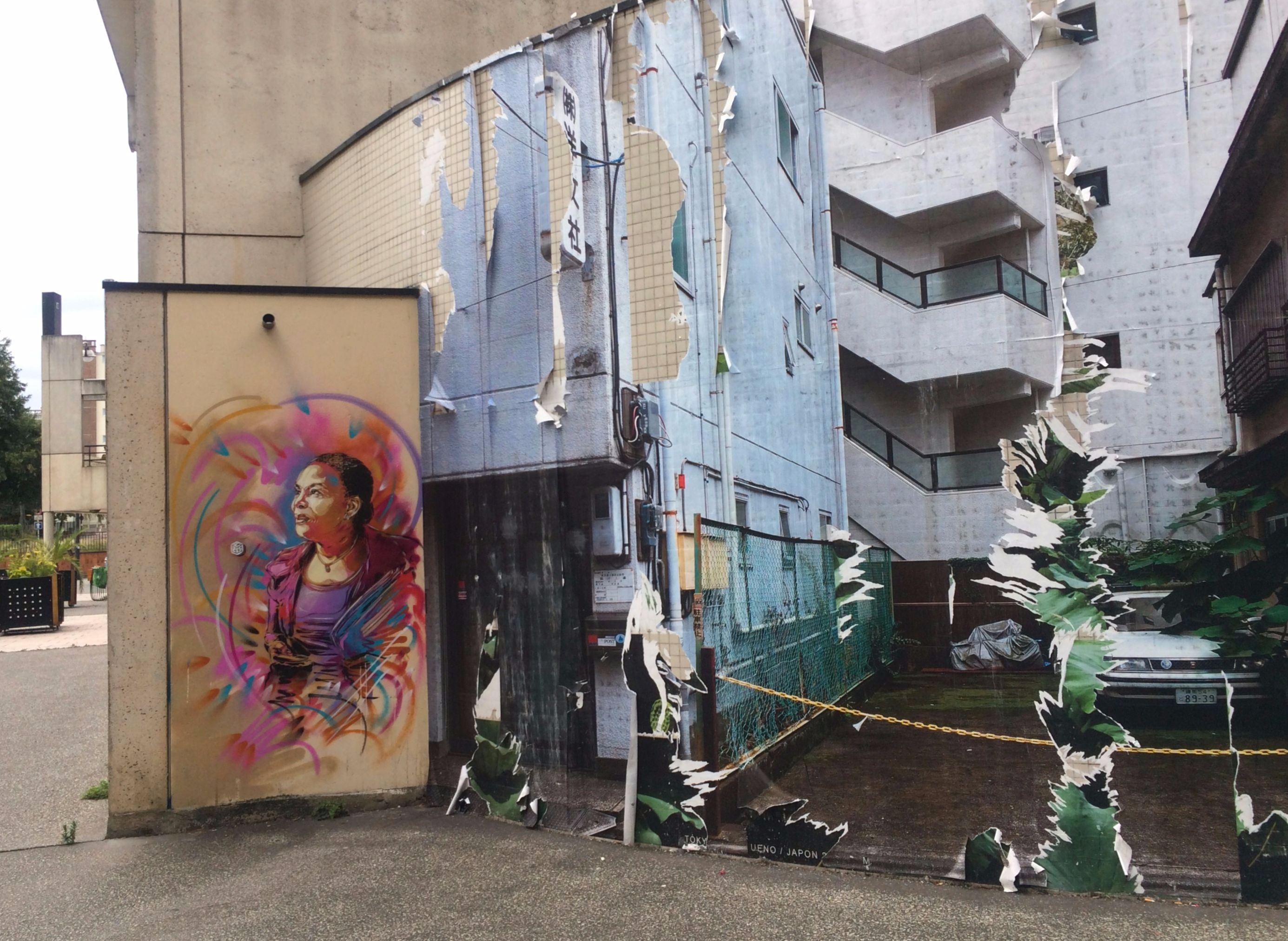One year ago today, fans of Jim Henson’s highly original 1982 film The Dark Crystal received a rare and wonderful gift in the form of a brand-new 10-part series exploring the back story to the film’s events. I somehow had never seen the original film, so quickly remedied that and then immersed myself in the wonderful world of Thra. This rather magical albeit hard-to-locate land (all we know is that these events transpired in “another world, another time”) is home to a number of creatures, from the hobbit-like Podlings, elf-like Gelfling and vulture-like Skekses, plus a range of cute but sometimes dangerous animals. All is well as the first episode opens, each of the seven Gelfling clans contentedly fulfilling its specific functions without cooperating overmuch with the others. But it soon becomes clear that trouble is brewing – a mysterious purple blight affecting plants and animate beings alike has struck the land. The threat it poses, and the mysteries behind it, prompt a number of the Gelfling (and one daring Podling) to embark upon a quest to save the planet they call home.
Although mostly live action, this series benefits from judicious touches of CGI that were not possible in the 80s. As a result, the puppets are more lifelike and the settings more realistic-looking, helping to make you feel that this is a real place and that you are there too. In addition to its visual beauty, the series conveys values that are now more important than ever in our real world, such as female empowerment and intergroup unity.
Take a look at the trailer to get a better idea…
One of the most endearing Gelfling characters, Deet, lives with her family deep underground in the Caves of Grot. This world untouched by the sun is home to a delicacy – a luminescent blue moss that grows along the cave walls, providing both light and nourishment to the Grottans and other subterranean creatures. Eating it has the side benefit of making you glow for a little while.
In the happy days before her world was turned upside down by the Darkening, Deet would often bake her signature dessert for her fathers and brother: a lime cheesecake with a pinch of gloss moss. It was somewhat exotic because not all the ingredients were native to Grot – to make the filling, Deet would gather limes and coconuts that had rolled down into the cave entrances from the surface world.
To celebrate the anniversary of the show’s release, I decided to reproduce her cake as faithfully as I could. The result is pretty tasty, even for humans (as confirmed by my testers, Holly and Raphaël). It’s like a very beautiful and exotic key lime pie. And it can be enjoyed even by those who don’t eat dairy products or eggs – since there are no cows or chickens in the land of Thra, Deet’s cake is accidentally vegan. 😉
If you don’t manage to find any glow moss, you can use blue spirulina instead. It’s kind of a pricey item, but a little goes a long way and it can add beautiful color to a range of items including smoothies, nice cream and bread! It might even make you glow – eat your cake with a mirror handy to find out (results may vary).

Blue lime cheesecake
Crust:
- 1 and 3/4 cup (165 g) crushed vegan speculoos cookies (23 Lotus brand cookies, which are accidentally vegan) or substitute graham crackers + 3 tablespoons sugar
- 1/4 cup (60 ml) melted coconut oil
- 1 tablespoon nondairy milk of choice
Filling:
- 1 and 1/2 cup (350 ml) unsweetened soy or almond milk
- 2 tablespoons arrowroot powder or cornstarch
- 2 teaspoons agar agar powder
- 1 can (14 oz/400 ml) full-fat coconut milk
- 1/2 cup (100 g) white granulated sugar
- 1 tablespoon finely grated lime zest
- 2/3 cup (160 ml) freshly squeezed lime juice (about 6 small/med. limes)
- 1 teaspoon vanilla extract
- 4 teaspoons blue spirulina (or substitute liquid blue food coloring)
Garnishes:
- Berries
- Lime slices
- Mint leaves
Begin by making the crust. Preheat your oven to 350°F (180°C). Grind the cookies or graham crackers up in a food processor, or alternatively crush them finely by hand with a sturdy drinking glass or jar, as I have done here. If some larger pieces remain, that’s fine.
Incorporate the coconut oil and milk until you have a moist, sandy consistency. Press into the bottom of a springform pan (mine was 8 in./20 cm in diameter) or the bottom and sides of a pie pan. Bake for 10 minutes, then set aside until the filling is ready.
To make the filling, begin by grating 1 tablespoon of lime zest (before cutting the limes). I grated two limes to get this amount. Then squeeze the limes until you have the right amount of juice (it took six limes for me). Get the coconut milk, sugar and agar agar out so you’ll be ready to add them when the time comes.
Spirulina is actually a seaweed, available in a powder form as you see here. It doesn’t really have any noticeable flavor unless you eat a bunch of it on its own… mixed into a cheesecake as in this recipe, it adds nothing but color and nutrients (it’s a superfood with a high protein content). I got it at Aujourd’hui Demain in Paris but you should be able to find it online too. You can alternatively use the standard green spirulina for a different effect, or liquid blue food coloring, mixing in a few drops at a time to achieve the right shade of blue.
In a saucepan, whisk together the milk, arrowroot powder and agar agar. Bring to a boil, then reduce heat and let simmer, stirring constantly for around 5 minutes. Next, incorporate the coconut milk and then add the sugar, lime juice and zest and blue spirulina.
When I made this, I added the spirulina straight to the hot filling mixture and it got a bit clumpy, so next time I would try mixing it with the lime juice first. If you do get clumps, crush them against the side of the saucepan with a heat-safe spatula to break them up.
Once the spirulina is fully incorporated, remove the saucepan from the heat and stir in the vanilla extract. Pour the filling into the prepared crust and let it cool on the counter for 30 minutes or so, then refrigerate for at least 3 hours so it can set.

Now slice it up, add some fanciful garnishes inspired by the land of Thra, and invite your favorite Gelfling friends over to enjoy it with you.
A kind friend lent me a wonderfully rustic Gelfling-style plate and I made this “Hup spoon” from a recyclable bamboo picnic cutlery set.




Enjoy! If you make this and post it to social media, be sure to tag @rd.violet so I can see it. 🙂
Variations: use green spirulina instead of blue, or make it another color altogether.


























 First, I had the good fortune to be hosted on the Lower East Side of Manhattan by an old friend and former roommate from my undergrad days. Being roommates again was a high point of my stay, reminiscing about the good old days and learning about this new-to-me city from someone who’d already explored it a fair amount.
First, I had the good fortune to be hosted on the Lower East Side of Manhattan by an old friend and former roommate from my undergrad days. Being roommates again was a high point of my stay, reminiscing about the good old days and learning about this new-to-me city from someone who’d already explored it a fair amount. But it turned out that while the reputation Paris has is (generally) well deserved, New York City’s isn’t. Throughout my entire stay, I consistently heard Excuse me, Sorry and Thank you, and on several occasions people spontaneously offered me help when I looked like I needed it. On my way into the city, loaded down with a heavy suitcase, I was looking at a flight of subway stairs in dismay when a passing woman volunteered that there was an escalator a bit further down the hall. Another time, I was sitting on a bench applying band-aids to my blistered heels when another passerby offered to supply me with more band-aids should I need them. And on the train to the airport on my last day, my fellow travelers (who could see from my luggage where I was going) helped me figure out what to do when the train service was temporarily halted, without my even having to ask.
But it turned out that while the reputation Paris has is (generally) well deserved, New York City’s isn’t. Throughout my entire stay, I consistently heard Excuse me, Sorry and Thank you, and on several occasions people spontaneously offered me help when I looked like I needed it. On my way into the city, loaded down with a heavy suitcase, I was looking at a flight of subway stairs in dismay when a passing woman volunteered that there was an escalator a bit further down the hall. Another time, I was sitting on a bench applying band-aids to my blistered heels when another passerby offered to supply me with more band-aids should I need them. And on the train to the airport on my last day, my fellow travelers (who could see from my luggage where I was going) helped me figure out what to do when the train service was temporarily halted, without my even having to ask. But on several occasions, locals actually did strike up a conversation. One afternoon, taking a break from a street art expedition in Brooklyn, I sat down in a café with a matcha latte and pulled Orlando out of my bag. The middle-aged gentleman working on a laptop at the table next to mine took his headphones off to remark on a coincidence: he was in the middle of writing an opera based on another of Virginia Woolf’s books! We spoke for a few minutes about the smallness of the world and the difficulties of adapting stream-of-consciousness literature to a musical form. When I asked when he expected to finish the piece, he chuckled and said sometime in the next decade. We each went back to our respective occupation and, making a mental note to pay more attention to operas, I wondered if he were somebody famous.
But on several occasions, locals actually did strike up a conversation. One afternoon, taking a break from a street art expedition in Brooklyn, I sat down in a café with a matcha latte and pulled Orlando out of my bag. The middle-aged gentleman working on a laptop at the table next to mine took his headphones off to remark on a coincidence: he was in the middle of writing an opera based on another of Virginia Woolf’s books! We spoke for a few minutes about the smallness of the world and the difficulties of adapting stream-of-consciousness literature to a musical form. When I asked when he expected to finish the piece, he chuckled and said sometime in the next decade. We each went back to our respective occupation and, making a mental note to pay more attention to operas, I wondered if he were somebody famous.


 The district has been home to
The district has been home to 
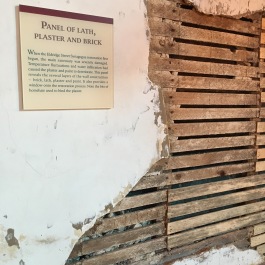















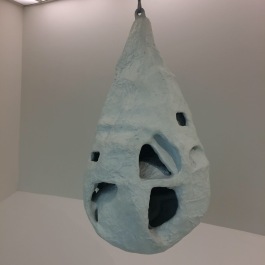














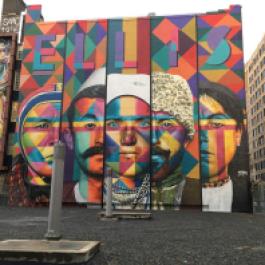








































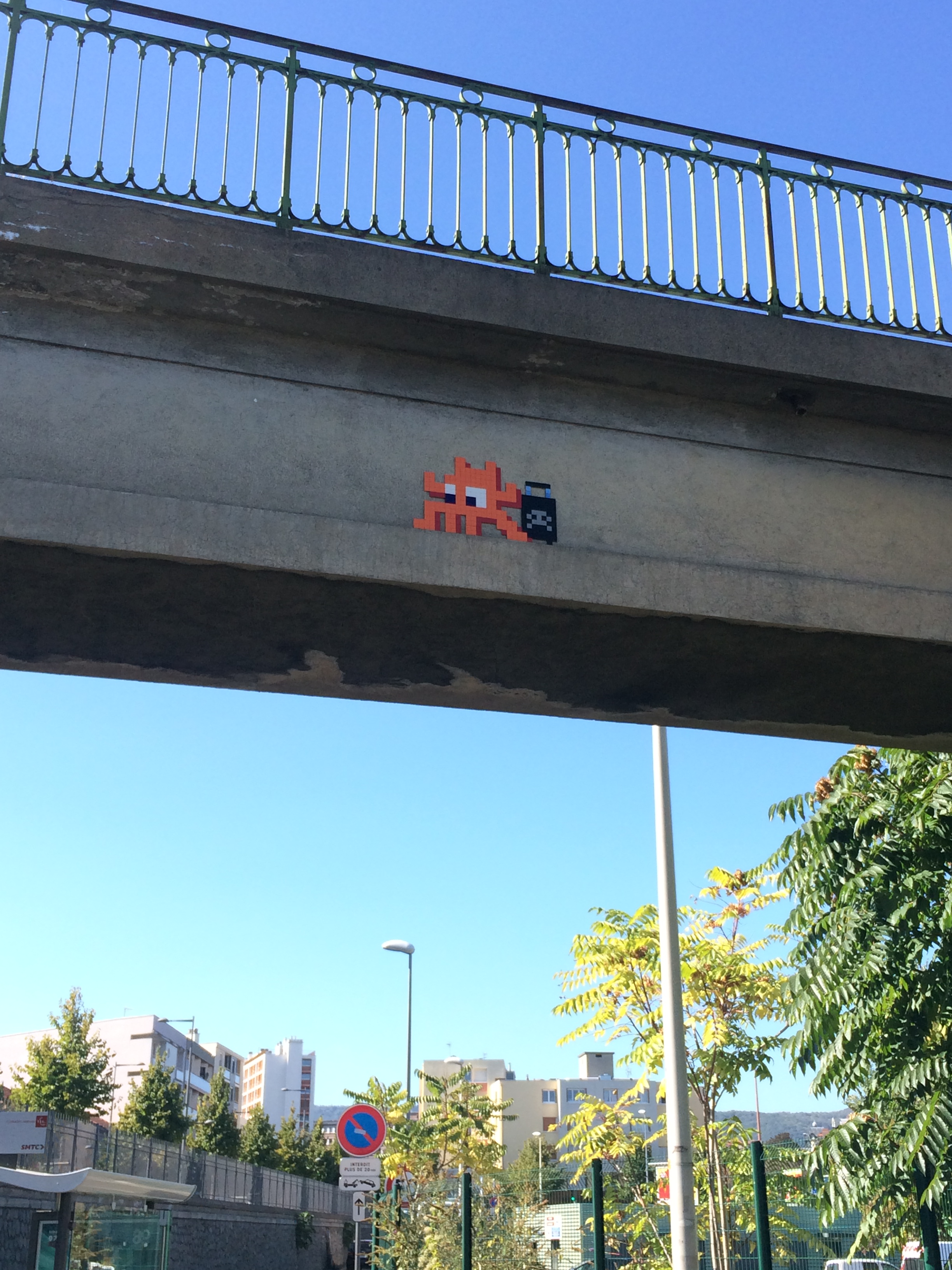












 At the store, I had some trouble finding the hummus (every vegan’s lifesaver) and began to worry there wouldn’t be any, but in the end emerged with enough provisions for an evening meal and breakfast the next morning.
At the store, I had some trouble finding the hummus (every vegan’s lifesaver) and began to worry there wouldn’t be any, but in the end emerged with enough provisions for an evening meal and breakfast the next morning.
